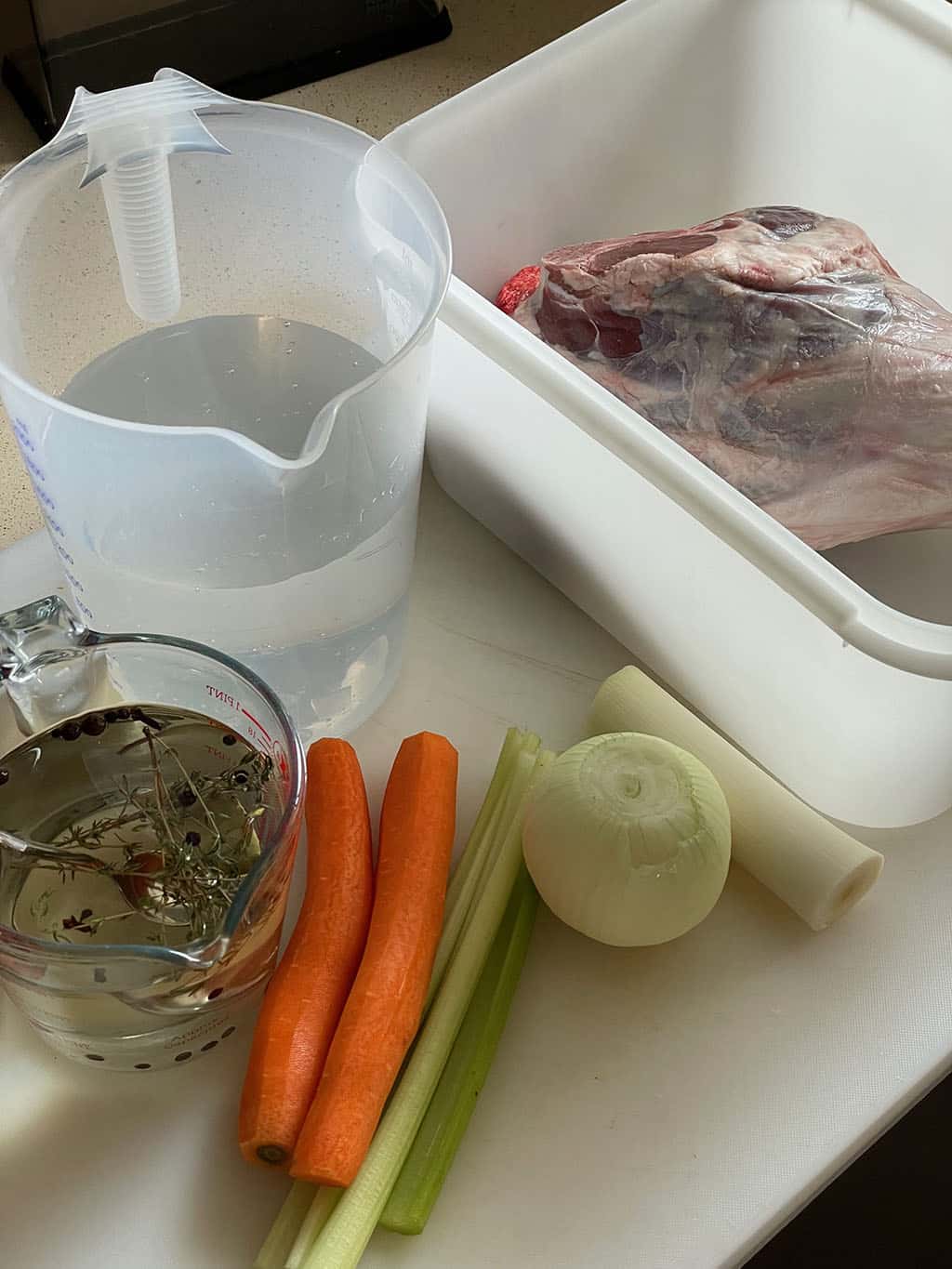When preparing food, I have always been fascinated with simple techniques that can produce big flavours.
A flavourful meal is first and foremost a well-seasoned meal, and today I would like to spend some time in company of salt, and particularly with a method called brining, a remarkably effective way to impart salt, and other flavours, into a product, especially proteins.
The kitchens deploy two types of brining – wet and dry. They both can be effective, but there are differences. To appreciate these differences, it is important to make a short scientific departure.
When used in cooking, salt works its way into the product in two ways.
- Osmosis, a movement of water through the cell wall towards a region with high concentration of something that it can dilute, i.e., towards the saltier side.
- Diffusion, a movement of salt (aka soluble substance) through a cell wall from the area of high to the area of low concentration so that it is evenly distributed.
The two can occur simultaneously or subsequently.
In the context of dry brining, a dry salt rub is applied to proteins. It works its way inside by a subsequent application of both processes. First, osmosis is initiated; the water is extracted to the surface. The water mixes itself with the salt creating a marinate, which is with the passing of time re-absorbed through diffusion. The proteins literally bathe in their own juices, however, since the amount of liquid is finite, this salt solution is limited as to how far it can penetrate.
Wet brining is a process of submerging the protein into a saltwater bath. The osmosis and diffusion processes happen simultaneously; however, because the liquid is plentiful, the distribution of salt goes deeper and deposits itself evenly throughout the whole product. When in this bath, salt begins to dissolve proteins in muscles creating a juicer, tender texture. In addition to salt, proteins absorb extra water which compensates for the loss during cooking, which for meat can be around 30%.
The brining is often expressed in percentages. With regards to the wet brining, that is the amount of salt in a litre of water, ex. 7% brine is 70gr in 1lt. Dry brining varies between 0.6% and 1% of salt for 1kg of proteins.
With both, wet and dry formats, the amount of salt should be moderated depending on the kind of salt used, time available and the size of meat/fish, also bone in or out. Whilst the larger meats can take as much as 24 hours of wet brining, a beef steak can exhibit significant changes in flavour already after 45 minutes of a dry rub.
As the proteins get infused with the brining liquid, it’s a good idea to make it as flavourful as possible. Here, spices, herbs, zests, and vegetable aromatics come in handy, and the playground is immense.
Try using Sichuan pepper, ginger and chilli brine for a Chinese-style duck, or cinnamon and cloves brine for a festive Christmas pork roast. Stocks and juices can also be used as part of the liquid volume, but caution must be paid to acidity as it can prematurely start the cooking through the process of curing. Many brines contain sugar or other sweeteners like honey or treacle. It can help with caramelisation later.
Having served its time in a brine, pat dry your protein or remove the remnants of the dry rub and follow with the chosen method of cooking. No need to season of course; this job has been done already!
By Dr. Irina Mikhailava
|| features@algarveresident.com
Dr. Irina Mikhailava, a chef and a good food champion, happily residing in the Algarve and eating all over the world with an appetite for learning, sharing and writing. Instagram: incompanyoffood




















